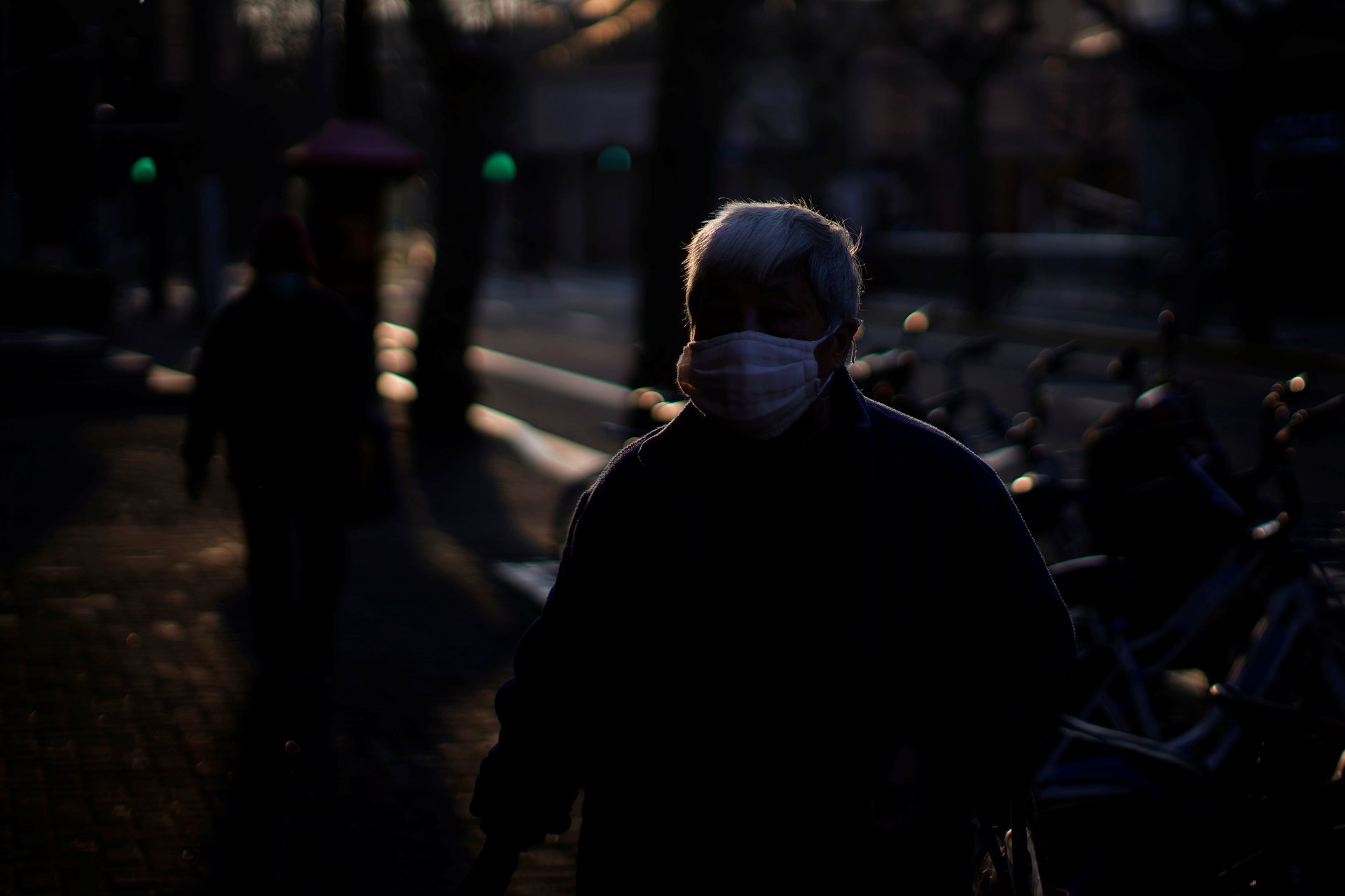Why the number of coronavirus cases in China surged by more than 33% in one day
Just a day after China reported a dip in new confirmed cases of the novel coronavirus—the lowest in almost two weeks—the province at the center of the outbreak announced a massive jump in infections, bringing the national total to almost 60,000 confirmed cases.


Just a day after China reported a dip in new confirmed cases of the novel coronavirus—the lowest in almost two weeks—the province at the center of the outbreak announced a massive jump in infections, bringing the national total to almost 60,000 confirmed cases.
On Thursday (Feb. 13), health officials in Hubei province reported they had recorded 14,840 additional cases of the coronavirus on Wednesday, bringing the province total to 48,206 (link in Chinese). The number of new deaths also more than doubled to 242, bringing the total death count in the province to 1,310.
In its statement, the Hubei health commission explained that it had changed its tally of cases to include “clinically diagnosed cases,” in addition to those confirmed by a test. Previously only patients whose throat or nose swabs turned up positive in a nucleic acid test were included in the total tally. The change is intended to help patients receive treatment as soon as possible and increase their chances of recovery, the statement said.
The statement did not elaborate on what clinical diagnosis entails, but the Hubei government had last week said it would start recognizing CT scan results as a way to speed up the confirmation of suspected cases. Patients infected with coronavirus, now officially named Covid-19, likely have lesions in their lungs, according to experts. Today’s announcement is the first to reflect the shift in classification, the Hubei government said.
The move to include cases confirmed by CT scan results means that case definition has broadened from only laboratory-confirmed to also include probable cases, explained Benjamin Cowling, division head of epidemiology and biostatistics at the University of Hong Kong.
“I am not sure why the change was made in Hubei, but it is a very rational change to move from ‘confirmed cases’ to ‘probable cases’ given the limited capacity for laboratory testing,” said Cowling. “I do not know whether the 15,000 cases are recent or whether they represent a backlog of “probable cases” that were not tested, I suspect it is the latter.”